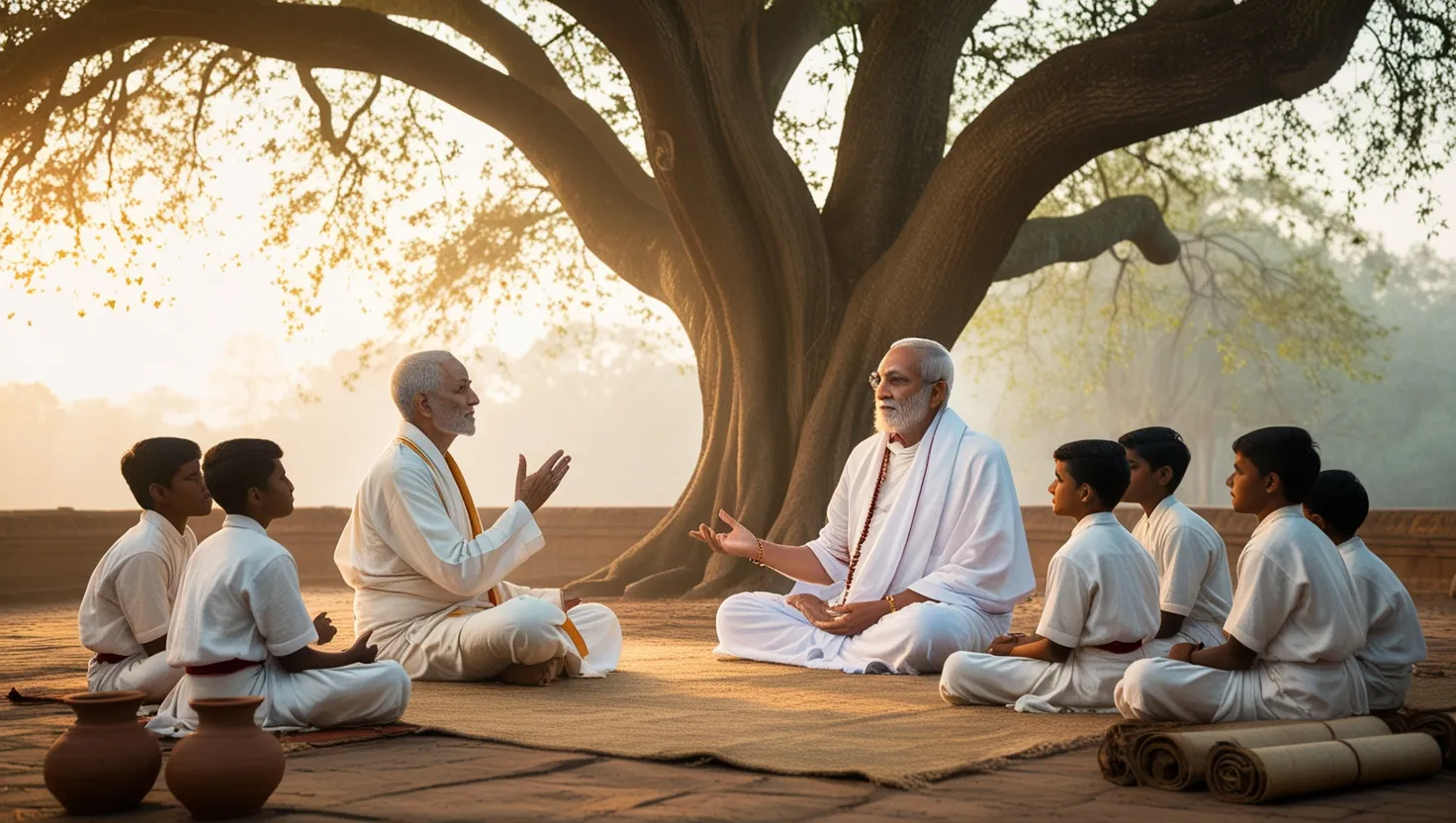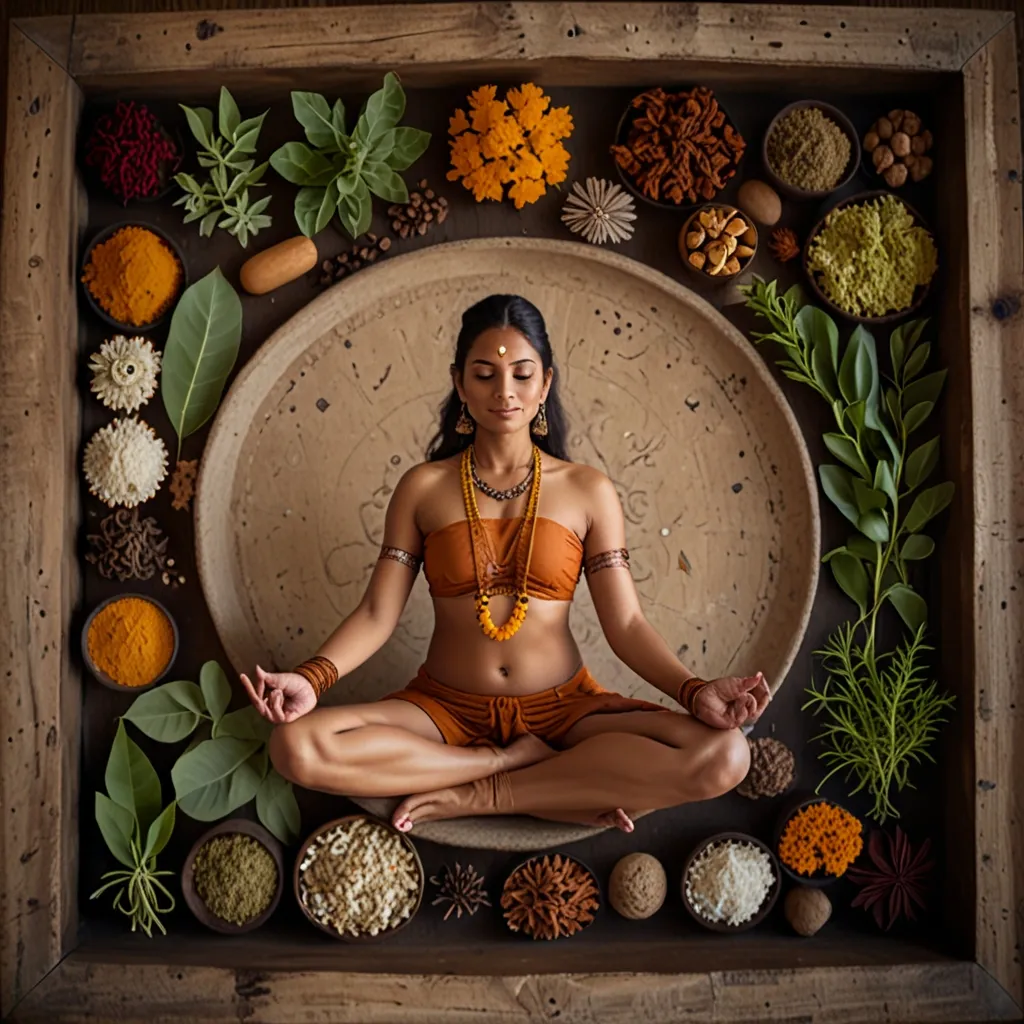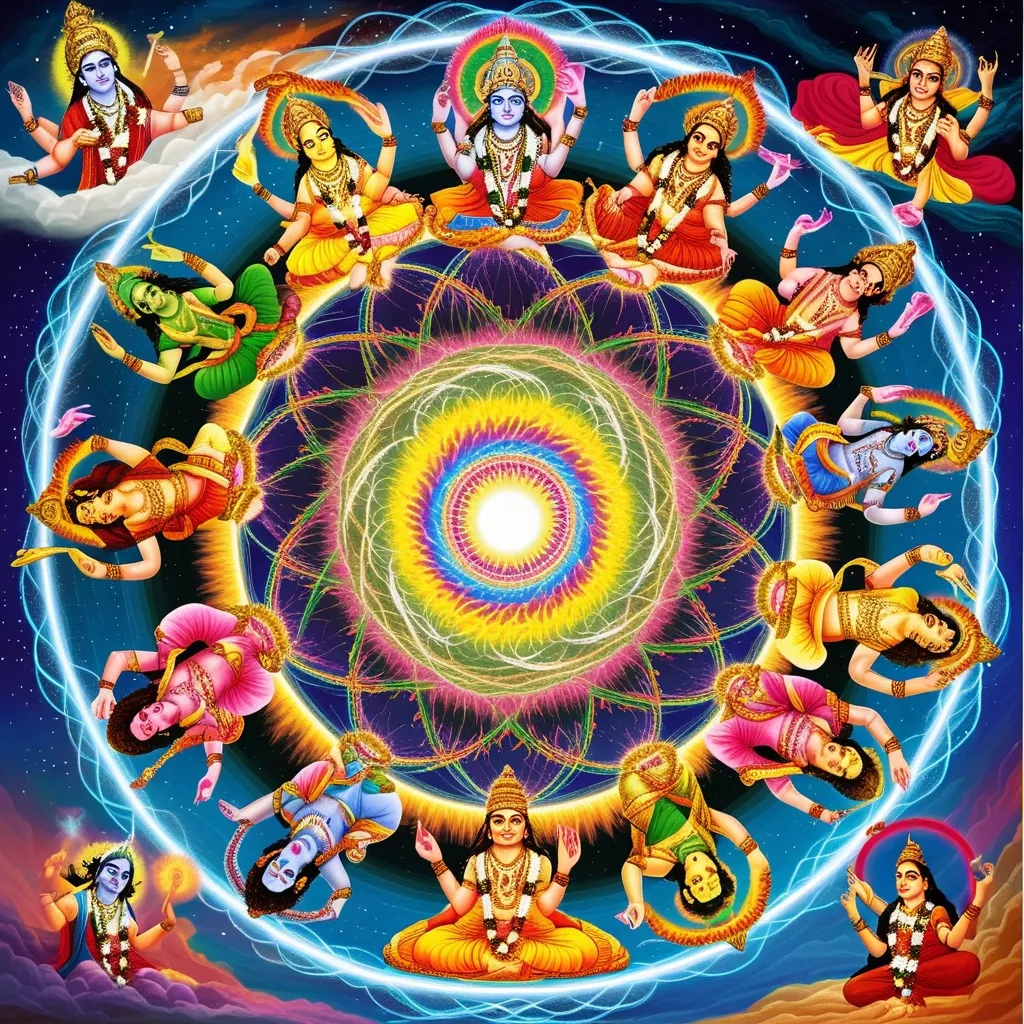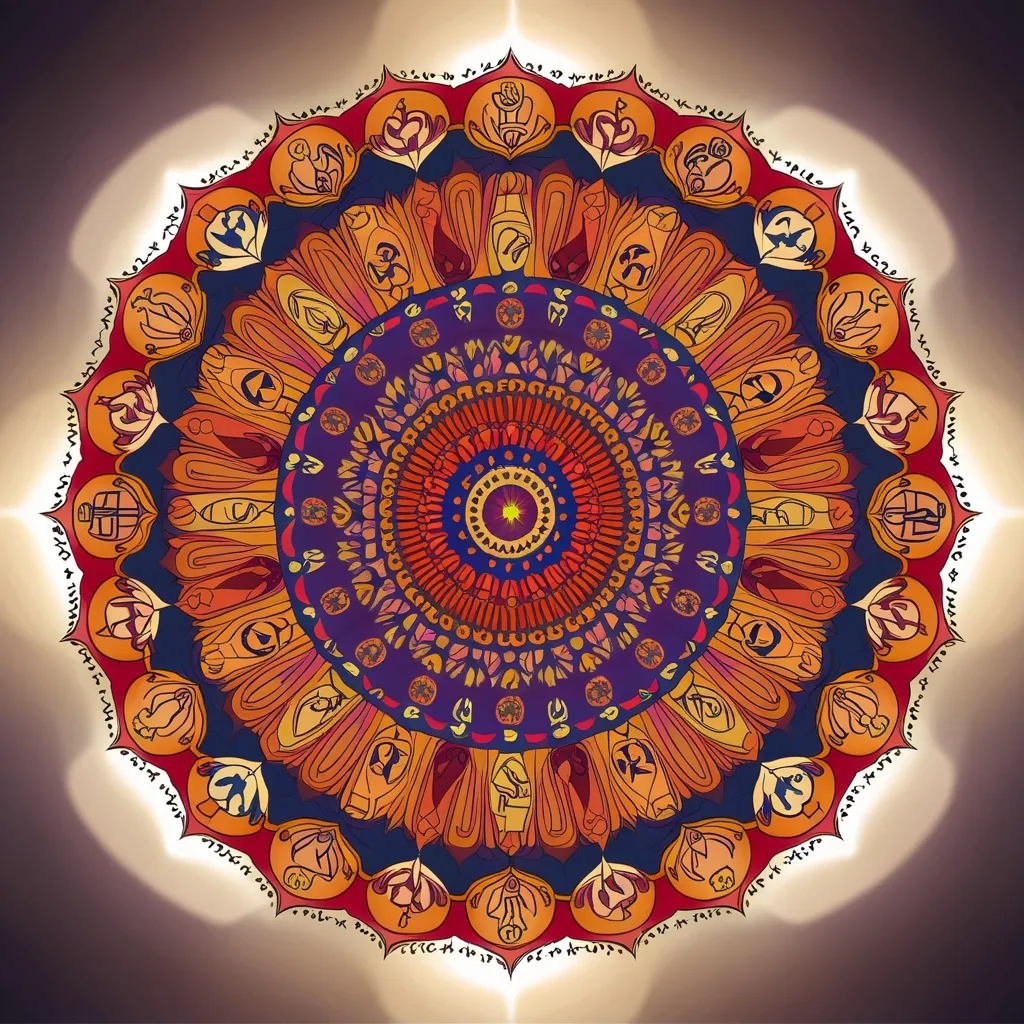The guru-shishya parampara stands apart as a living tradition rather than just a method of teaching. If you’ve ever wondered why this relationship is often described as sacred, it’s not just a poetic exaggeration. It’s about connection, continuity, and transformation—qualities that are rare in much of today’s education.
When I reflect on this tradition, its earliest echo reaches through the ancient Upanishads, where students didn’t just study with their gurus—they lived with them. Picture a young seeker quietly sitting beside a teacher, waiting for the right moment to ask about life and existence. What makes this so powerful? In those silences and questions, wisdom is transferred not only through words, but through shared experience.
“Education is the manifestation of the perfection already in man.” — Swami Vivekananda
The transmission wasn’t about memorizing facts. It was about letting knowledge shape the disciple’s character and spirit. Service, humility, and steady devotion mattered just as much as books and recitations. I’ve found that the guru’s teachings extend far beyond lessons; they set real-life examples. If the guru woke up before dawn to meditate, so did the disciple. If honesty and courage were required, the teacher lived those values—and expected the same.
Have you ever noticed how personal guidance can shift your perspective in ways a textbook never could? In this tradition, the teacher tailors guidance for each student. Some need strict discipline. Others flourish with gentle encouragement. It’s a sensitive process, attuned to personality and temperament. The result: education that transforms not only what you know, but who you are.
“Tell me, and I forget. Teach me, and I may remember. Involve me, and I learn.” — Benjamin Franklin
What stands out to me is how the guru-shishya parampara preserves not just information, but context and spirit. Oral transmission wasn’t a convenience or a necessity—it was intentional. Everyone who’s memorized verses, chanted mantras, or practiced a skill under a mentor knows the difference. Through repetition and correction, knowledge seeps into memory, but what lingers far longer is the imprint of the teacher’s presence.
Why has this system endured for thousands of years, through wars, social upheavals, and changing governments? The answer lies in its adaptability. Gurus have continually reinterpreted teachings as circumstances change. During medieval times, gurus inspired devotional movements and offered spiritual paths that united people across castes and communities. In times of crisis, oral teaching ensured that sacred texts and ideas survived even when written records were lost. Sometimes I wonder—without these relationships, how much of ancient wisdom would’ve faded away?
“The mediocre teacher tells. The good teacher explains. The superior teacher demonstrates. The great teacher inspires.” — William Arthur Ward
Even today, as technology shapes how we learn, I find echoes of the guru-shishya parampara in mentorships, apprenticeships, and specialized training. Is there a difference between online courses and face-to-face guidance? Most would agree there is. The tradition reminds us how valuable human connection is in learning—especially when transformation, and not just information, is the goal.
What’s less discussed is the emotional journey embedded in this relationship. Disciples sometimes challenge their teachers, push boundaries, or even disagree. These moments aren’t mere stubbornness; they’re invitations for deeper growth. Gurus themselves aren’t infallible. They learn from students, refine their approaches, and occasionally express doubt or vulnerability. This mutual exchange shapes both teacher and disciple, making the relationship dynamic rather than rigid.
“Learning is not attained by chance, it must be sought for with ardor and attended to with diligence.” — Abigail Adams
The guru-shishya parampara also hints at something philosophical: knowledge is not something external to be acquired but a truth to be awakened within. Gurus help clear away confusion, much like sculptors reveal a statue by removing stone. True education is a process of revealing, not just accumulating.
Can you imagine what education would look like if every student had years to learn directly under a seasoned mentor, absorbing not just lessons but a way of being? In ancient gurukuls, disciples spent years—sometimes decades—serving, learning, and growing alongside their teachers. This wasn’t a burden but a privilege, creating bonds that lasted a lifetime and shaped entire communities.
“True guidance is like a small lamp in a dark forest. It doesn’t show everything at once, but gives enough light for the next step to be safe.”
The tradition isn’t limited to philosophy or spirituality. In classical arts, music, dance, and martial training, the guru-shishya model remains the standard. Many legendary artists and performers trace their skill and inspiration directly to focused training under a master. The transmission is almost invisible to outsiders—the nuances, techniques, and unspoken insights passed from one person to another in countless hours of practice.
A question worth asking: in an era where instant answers are available online, can the subtler aspects of wisdom still be taught? The guru-shishya parampara suggests yes—but only when the student is open, and the teacher is present. The core principle is commitment on both sides, a sort of sacred contract that prioritizes personal growth over shortcuts.
“The best teachers are those who show you where to look but don’t tell you what to see.” — Alexandra K. Trenfor
Modern education often struggles with scale, efficiency, and standardized testing. It’s worth considering what’s lost when we move away from personalized, relationship-driven learning. Tradition shows the necessity for mentorship that is ongoing, adaptable, and rooted in empathy. In my own experience, the greatest breakthroughs come from conversations, encouragement, and timely correction—not from lectures or readings alone.
In the larger picture, this tradition offers answers to how societies maintain continuity. The transmission of values, context, and vision through trusted relationships fills the gaps that formal systems leave behind. Many social reformers, philosophers, and visionaries emerged from these lineages, equipped not only with doctrine but with wisdom earned through lived example.
Have you ever found yourself looking for a guide rather than just information? The longing for a real teacher—someone who understands the journey and cares enough to walk it with you—remains universal. The guru-shishya parampara reminds us that mentorship is not about hierarchy; it’s about partnership in growth.
“In learning you will teach, and in teaching you will learn.” — Phil Collins
Today, addressing challenges like digital learning and the decline of traditional schools, some modern gurus and disciplines adapt by combining old values with new technologies. Online discussions, remote mentorship, and virtual satsangs keep the spirit alive, even as the form evolves. What remains consistent is the sacred bond: the trust, accountability, and shared purpose that transforms both teacher and disciple.
The guru-shishya parampara is more than just history. It’s a way of recognizing that real knowledge flows best through trust and example. This system insists that wisdom isn’t just information—but a living, breathing practice. In living out these teachings, both guru and shishya continue the lineage, keeping the tradition alive in the most profound sense.
So, how are you embracing the role of guide or seeker in your own journey? Would you rather learn from a distant source, or step into a relationship that challenges and supports your growth at every stage? This tradition gives us more than a model—it offers a vision of learning that is both ancient and endlessly relevant.
“Let your teacher be a mirror, reflecting not just your faults, but your strengths and potential too.”






